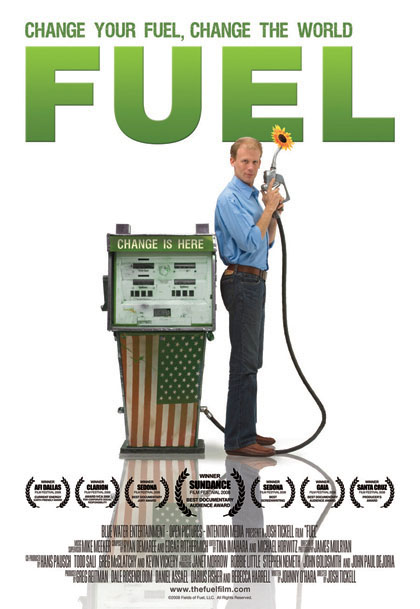
Collective Sunstroke in Government
The Government recently announced that it was altering the tariff system that enables more people to give serious consideration to adapting their homes to take advantage of renewable energy. Wondering if the warm autumn sunshine had possibly affected those in power, I spoke to Chris Whitelock, who runs Pure Renewables about the changes.
DT: In light of the recent Government announcement to more than half the Solar PV Feed In Tariff, where does that leave a sector that was enjoying growth, employing a skilled workforce and contributing to our obligation to have 15% of our energy produced defined as renewable by 2020?
CW: Whilst I understand the reasons for reducing the tariff, what I, and most of the industry and a good portion of the general public, are struggling to come to terms with is both the severity of the cut and the speed with which it’s being implemented. In short the PV industry has created over 22,000 jobs, 4,000 businesses and contributes over £280m/annum in taxes to the Treasury. The cut in tariff will save £220m! As of 10 November, the Government is facing legal action from a number of solar PV industry leaders which focuses on the short-notice given (just 6 weeks) of the cut coming into force despite the ‘consultation’ on the tariff ending 2 weeks after that date on 23 December. The short notice given has thrown the industry into disarray with stock levels plummeting and customers being unsure of whether their system will be eligible for the current or new rate. The cut will not only affect the wealthier middle classes – solar PV was a key element in local authorities reducing the electricity bills of their tenants and therefore tackling fuel poverty.

CW: However, it is not all bad news. Even at the proposed 21p/kWh generated (currently 43.3p), a Solar PV system can still represent a viable investment with a 4-5% return and an annual rebate for 25 years of £650. That’s still a pretty healthy investment and is also a stable one. PV systems will likely increase a property’s value by as much as 2% and will improve its Energy Performance Certificate rating so even if an investor sells up, the return is attractive. A little known fact is that PV systems can be taken to a new property anyway. There is little doubt that the manufacturers of PV systems will have to reduce their costs to remain viable and therefore these returns could prove even more attractive with time. It’s true to say that just 15 months ago the returns on PV were similar but cost reductions of around 30% have led to a correspondingly higher return, hence making it a ‘must-have’ purchase. This in turn led to a huge increase in competition with the emergence of many companies whose only motive was profit. These will now largely be cut out therefore leaving the more specialist companies in the market. The only question remaining is ‘Will the Government do this again or will they stand by their rhetoric of being the ‘greenest Government yet’? Time will only tell.
So if you are planning on converting your home or business to take advantage of the new clean energy, despite the planned changes to the tariff system, there are still plenty of good reasons to continue with your changes. I’d also suggest that you run your plans by Chris, who would be delighted to answer any questions.
The proposed changes will have an impact of various forms of investment products that take advantage of the entrepreneurial spirit of those involved within the renewable energy sector. As a form of investment in its own right there are a variety of investment arrangements that seek to capitalise on the long-term need for renewable energy.
Dominic Thomas
Solomons IFA
You can read more articles about Pensions, Wealth Management, Retirement, Investments, Financial Planning and Estate Planning on my blog which gets updated every week. If you would like to talk to me about your personal wealth planning and how we can make you stay wealthier for longer then please get in touch by calling 08000 736 273 or email info@solomonsifa.co.uk